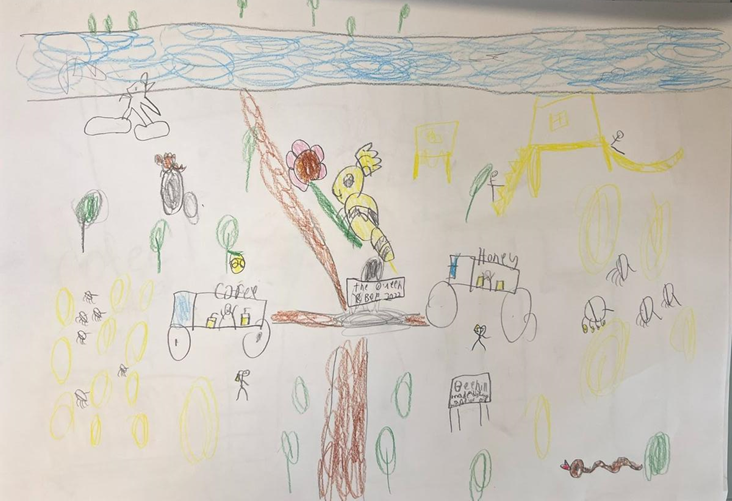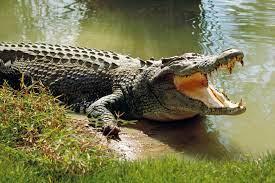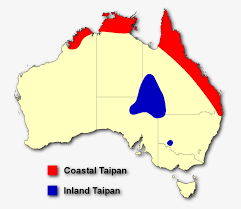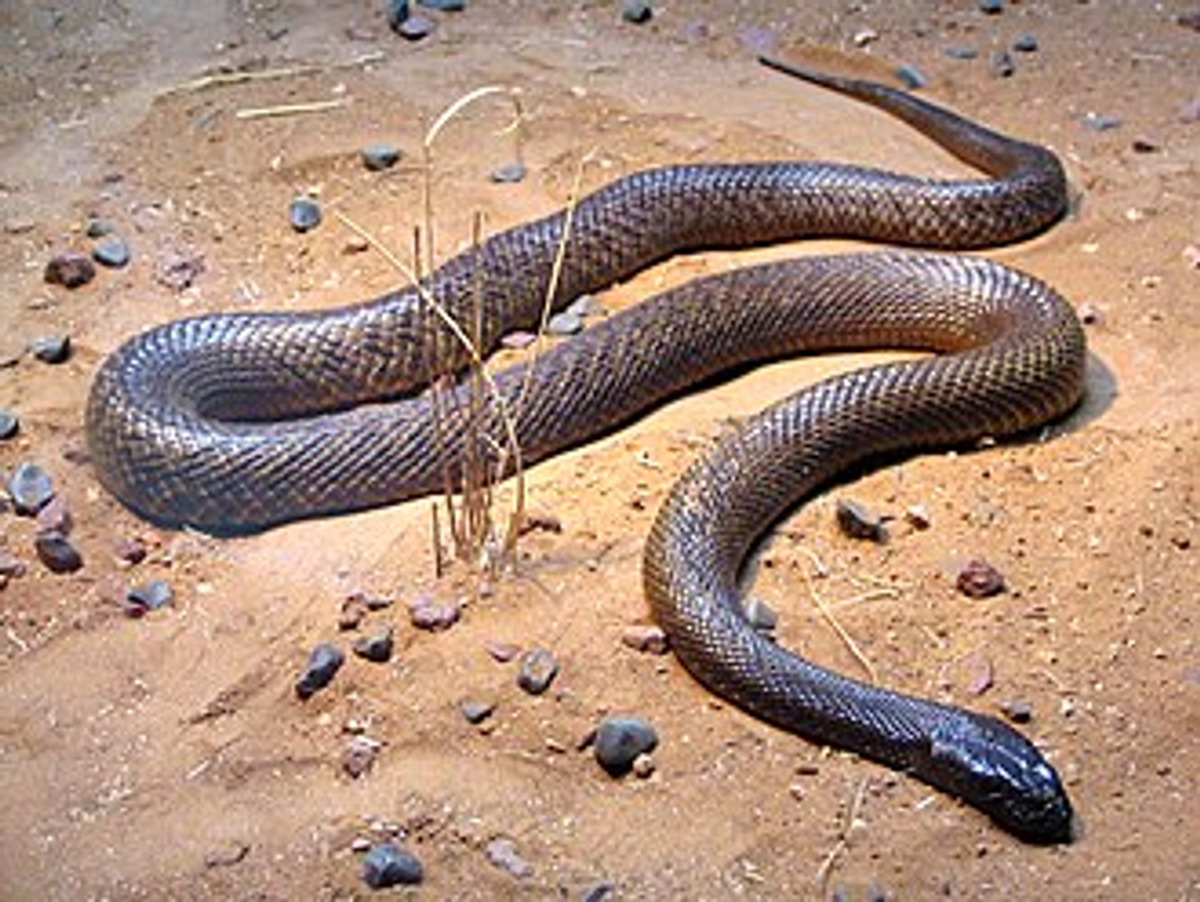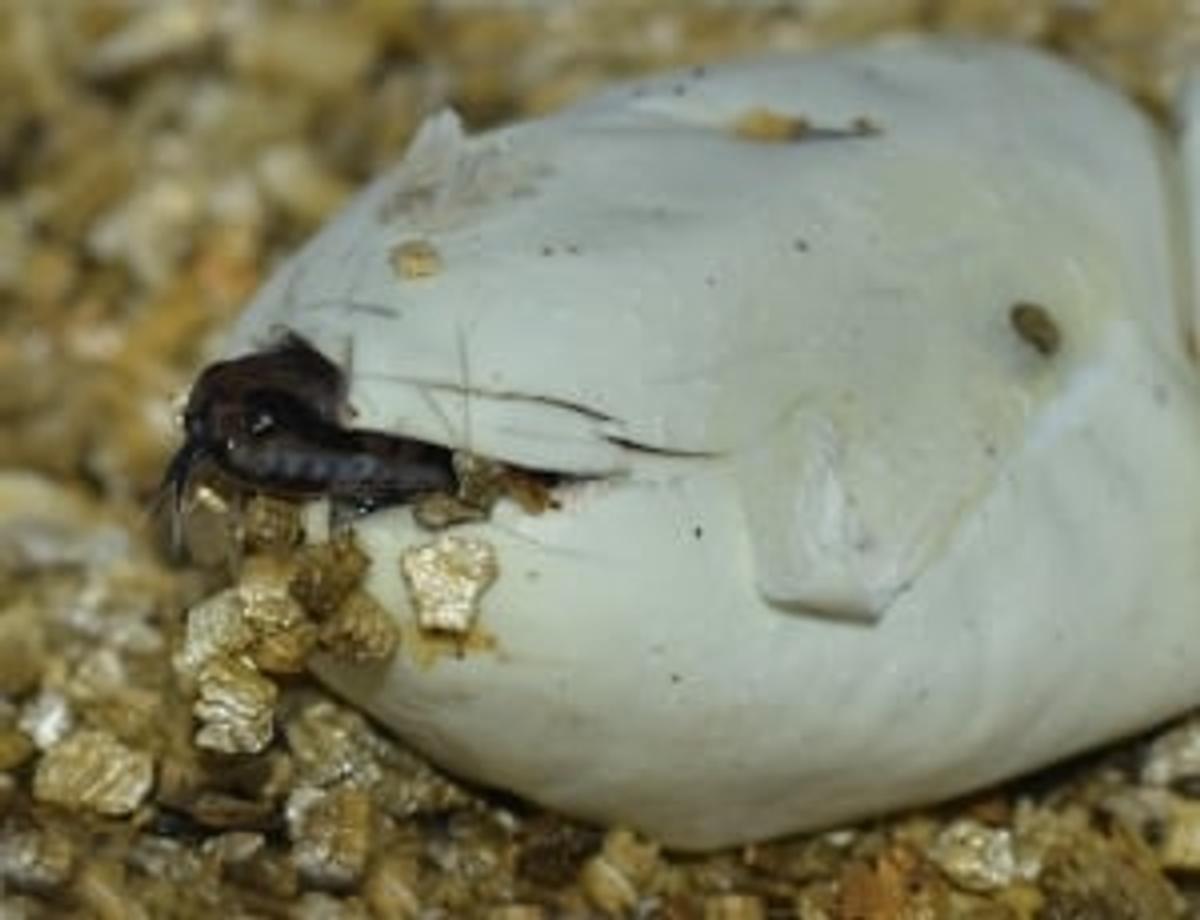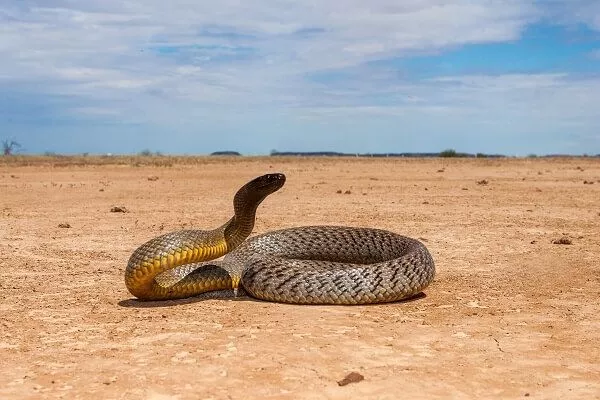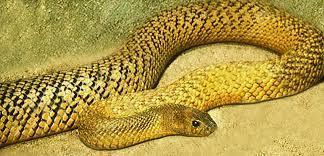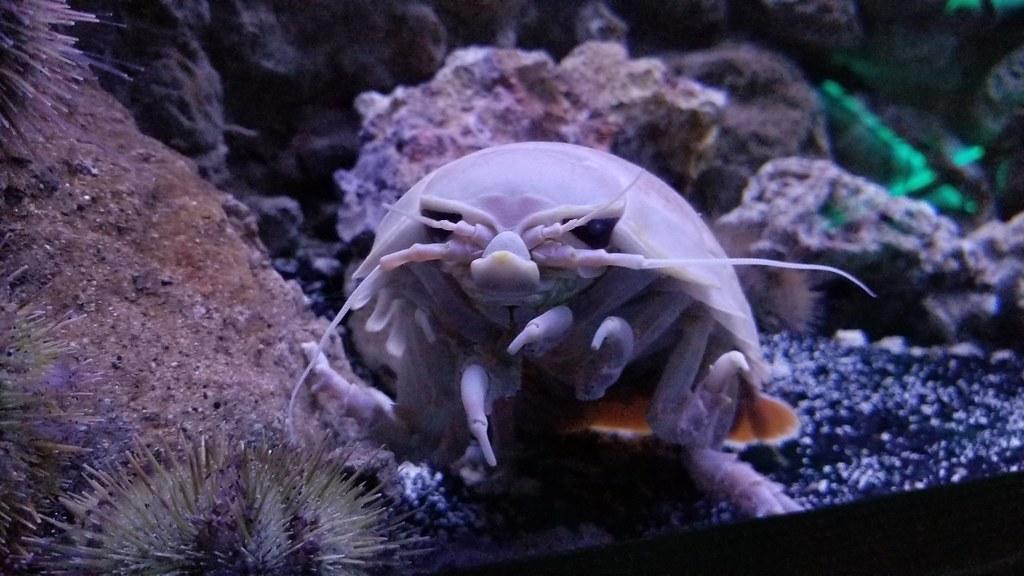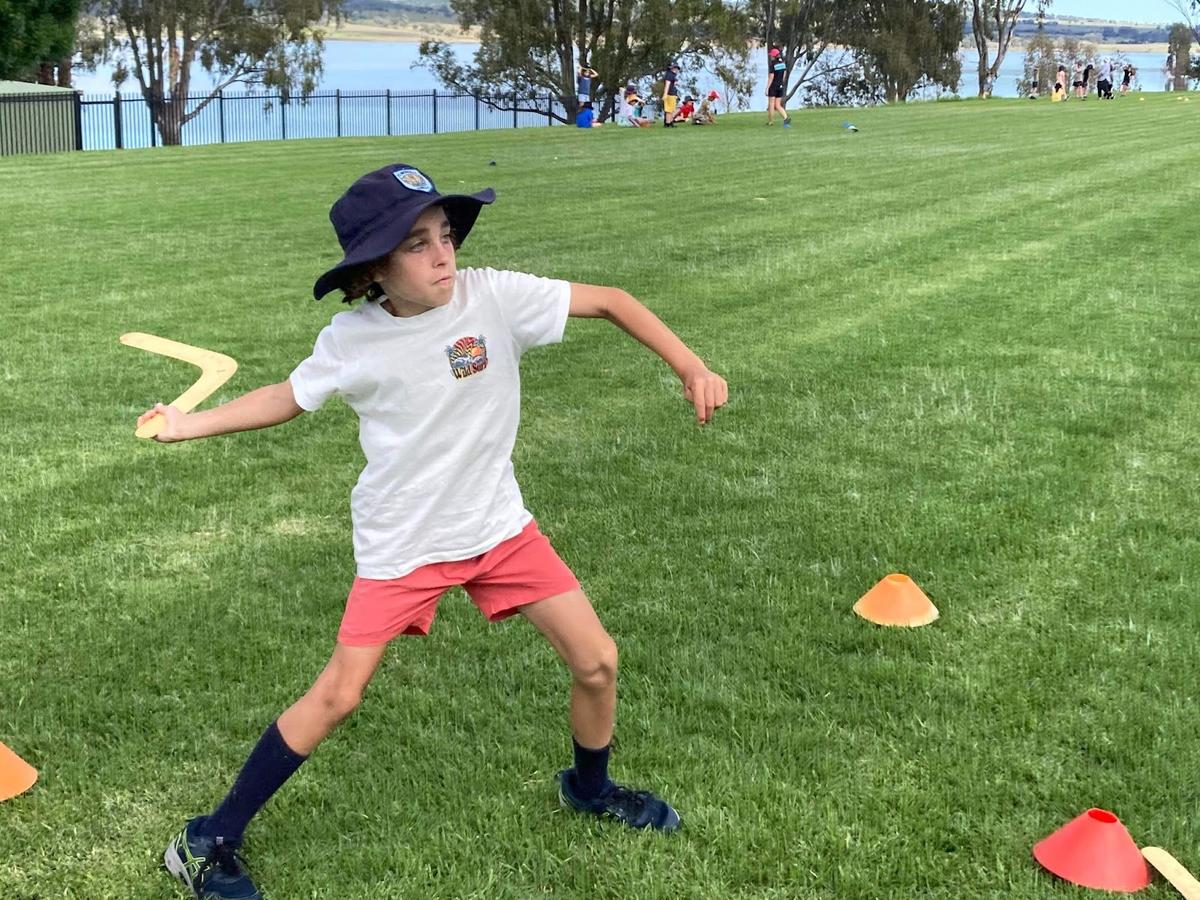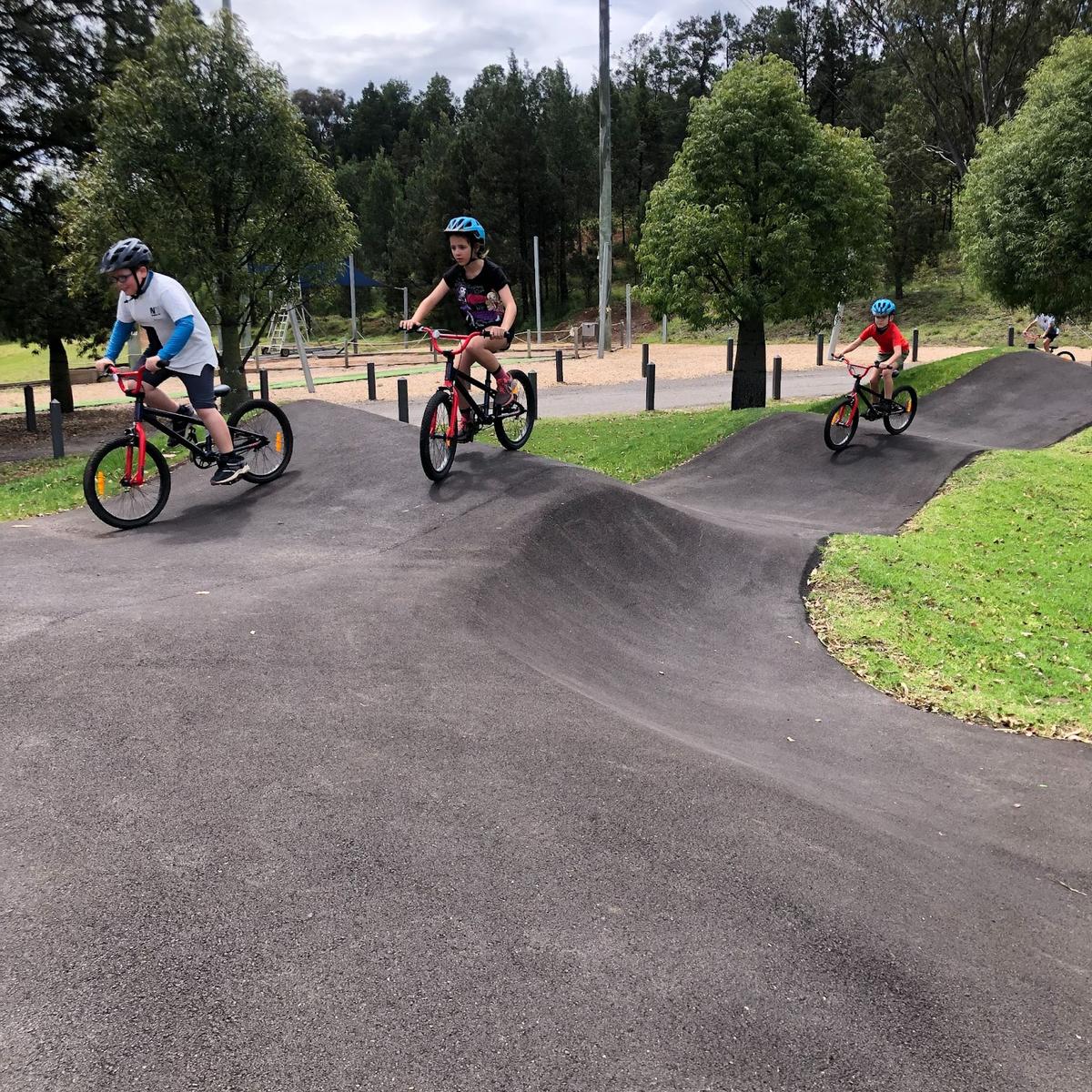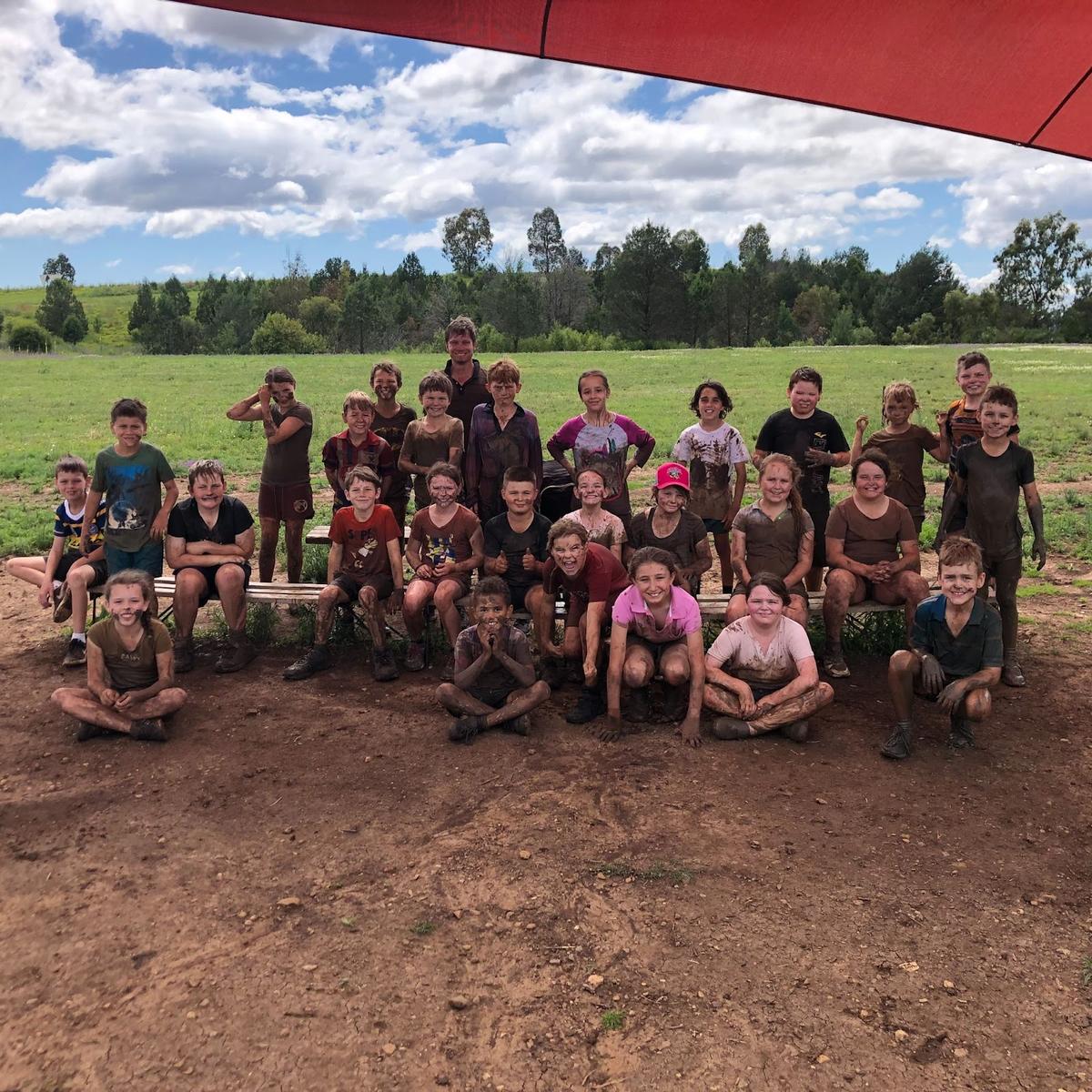Learning News

Week 2
Learning News
Last week was our last week to concentrate on punctuation in our Writing Groups from K-6, with a focus on informational texts. Of course, we will continue to work on our punctuation in every subject when we write, it is the backbone of all written texts. Topics covered in our writing were Saltwater Crocodiles, Unusual Sea Creatures, Goats and All About Me! We are now back in our normal classrooms for a few weeks to practise what we have learnt in our writing groups. Great effort from everyone!
Kindergarten
This week in geography, Kindergarten students have had a wonderful time beginning their creation of “Food-Box Town”, a 3D town made completely of food containers and cardboard boxes. The students have designed a map of their new town, have decided on important features to be included and have made a list of rules for looking after “Food-Box Town”. We look forward to sharing some photos when it is completed. We have also enjoyed welcoming the 2023 Kindergarten students to our school last Friday. We look forward to having more time with them in the coming weeks.
Stage 1
In Geography, Stage 1 have been learning about natural and built features. This week, students had to design a park that included a combination of both natural and built features. Students had to consider where their park would be located, who would use their park, what those people would like in their park and how their park would be kept safe and clean.
Creative work Stage 1, Miss Myers and Miss Summerall
Stage 2
This week in Science, Stage 2 have been learning about what makes something living. We identified that in order for something to be living it needs nutrients (sunlight, oxygen, food and water) and the ability to grow. In this lesson, the students observed pictures of a range of animals and how they changed over their life. They then used these pictures to create a lifecycle to show what they had learnt. Well Done Stage 2! Miss McDonald and Mr Beaumont.
Stage 3
To start the last term of 2022, Stage 3 have been writing information reports on a variety of animals. During writing groups, some student had the opportunity to research their own animal, while others were given a certain animal or category of animal. Students have enjoyed experimenting with sizzling starts in order to engage the reader with their writing as well as sharing their fun facts with their classmates.
Kindergarten
Stage 1
Frank’s Park
Sophie’s Park
Stage 2
Saltwater Crocodiles
Tobie Weekes
Oh snap!
Saltwater crocodiles are a reptiles “the largest living reptile on earth.” The scientific name for crocodiles is the Crocodylus Porosus or ‘salty’ as it is known locally. They only live in the southern part of the works, their body protects them from predators and they eat a variety of animals.
Home Sweet Home
These creepy animals have a set home such as Australia, Asia and New Zealand. They live in mucky water surrounded by mangroves. You can only find them in the southern hemisphere. You can’t find them in the northern hemisphere outside of a zoo.
Appearance
Salt water crocodiles have a scaly body, with scute scales on their tail to keep them warm. Chris Humpfrey says “that they act like a solar panel.” Crocodylus Porosus have three eye lids!! With one clear eye lid to see through the muddy waters, salties won’t need to pack goggles in his suitcase!
Deadly Diet!
Salties eat a variety of animals such as monkeys, turtles, wild pigs, insects, fish and crabs. Young crocodiles eat only insects, small fish and crabs.
Inland Taipan
By Molly Gallagher
Did you know that Australia is home to the world's deadliest snakes? The most venomous of these Australian snakes is the Inland Taipan (Oxyuranus microlepidotus).This snake is so poisonous that it is estimated one bite can kill one hundred grown men in a matter of minutes. As the king of poisonous snakes, I would stay far, far away from the Inland Taipan.
Map of Australia, note blue is where Inland Taipan lives.
Habitat
The Inland Taipan lives in the remote black soil plains in the region where the borders of QLD, SA and NT meet. As there aren't many plants, the snake uses the deep cracks in the dirt to hide from the weather and other snakes and predators.
Appearance
The Inland Taipan is dark in colour, ranging from a dark tan to a brownish light-green, depending on season. Its back, sides and tail are different shades of brown and grey, with some of its scales having a blackish edge.
Behaviour
Although it is the most venomous snake in Australia, in contrast to the Coastal Taipan which many experts cite as an extremely dangerous snake due to its behaviour when it encounters humans, the Inland Taipan is usually a shy and reclusive snake, with a placid disposition, and prefers to escape from predators.
Diet
Inland Taipans eat only mammals. Its most favourite meal is the Long-haired or Plague Rat. The snake corners the rat in its burrow or in deep cracks in the soil, then, like a cat, bites it quickly several times without releasing it.
Reproduction
Males have two reproductive organs, called hemipenes, but only one at a time is used for mating. Mating may last for several hours, and a female may mate with more than one male during the breeding season. About 2 months after mating, the female lays around 20 eggs, with an average clutch size of 16 eggs.
Protection
Although the maximum size is smaller than that of the Coastal Taipan, this is a large, formidable snake. If provoked to defend itself, the Inland Taipan flattens the body into low, s-shaped curves, with the head pointing straight at the perceived threat. More often than not, if approached, it will retreat into shelter and hide.
In conclusion, The Adelaide Zoo has been quoted as saying, ‘That due to the Inland Taipan living so remotely and in isolated areas. There have been no recorded deaths from its deadly bite’. But if I ever travel to these places, I will definitely be careful around this particular snake.
Stage 3
GIANT ISOPOD
By SARAH NORTHEY
Have you ever heard of the giant isopod? Well, trust me it’ll freak you out at first, but you get used to it.
Habitat
Isopods are found slowly roaming the sea floor feeding on dead animals. They live at a depth of 2133.6 metres.
Diet
They are definitely not picky eaters as they eat both live and dead animals. Isopods feed on fish, crabs, shrimp, squid and whale carcasses that fall to the sea floor. Miranda Cowe, principal curator of Crustacea says “They are scavengers and eat crab flesh and marine worms”.
Appearance
Isopods are protected by a hard shell, which is a pink and pale beige colour. They are also one of the largest crustaceans. They have 14 long legs to help them crawl along the sea floor, as well as having a fan-like tail to help them swim.
Behaviour
Isopods are couch potatoes. They sit around eating food all day long and do nothing.
Big Cats
Braxton Tyrna
Introduction
Woah! Run! The Big cats are coming!
They are members of the panthera family: tigers, jaguars, lions and leopards. Big cats are extremely powerful animals with big appetites, roaming all over the world with all different varieties of fur and patterns!
Habitat
Big cats can be found all around our globe.The main locations they can be sought are: Africa, Asia and South America. If you can't find a single big cat, always look out for their pride! Are you afraid of flying? Just travel to your local zoo and they'll most likely have them there!
Diet
All big cats are meat eating animals which are classed as carnivores. They need a lot of land to roam around and hunt their prey. They need heaps of meat to survive! They eat all types of meat, but the main ones are zebras, warthogs and many others.
Appearance
Big cats are an extremely solid animal but the most hefty big cat is a tiger! They all have a different variety of designs/patterns. Some have spots, lines or just plain colours. Big cats' tails are very powerful and they use it to protect themselves or communicate with other big cats.
Conclusion
Have you learnt anything new about big cats? They are an awesome group of animals to research about their habitat, diet and their amazing, breathtaking appearance!
Week 3
Learning News
This week we have started our formal testing for reading and mathematics in Stage 1 and 3 (with Stage 2 to catch up next week). PAT (Progressive Achievement Tests) testing is undertaken across our Diocese, with every child in Year 1 - 6 being tested on their reading and mathematics skills at this time of year, so as to compare their growth since last year.
The assessment comprises several testlets (small blocks of test items), of which there are eight different entry levels. In total, students complete three testlets in a sitting.
Entry levels are automatically assigned to students depending on their previous PAT Reading or PAT Maths scale score or their current year level. After completing each testlet, students are automatically allocated another group of items of targeted difficulty based on their cumulative performance to that point.
It has been exciting for our teachers to see our students working through this system and we look forward to analysing the results of our students to better inform our teaching.
Kindergarten
This week in Kindergarten we have been learning how to write recounts based on our class book The Three Billy Goats Gruff. We have enjoyed creating a story map about the book and then learnt about time connectives, including first, next and lastly. Kindergarten made some very colourful puppets of the characters and then had a wonderful time retelling the plot of the story.
Stage 1
Stage 1 uses a variety of reading strategies to help improve their reading skills. This week some students focused on improving their fluency and learnt to use ‘Mark the Shark’. ‘Mark the Shark’ teaches students to pay attention to the punctuation marks in books, helps them to read like they talk, pause in correct places and use expression. They first had to find the punctuation on their page and put pompoms on the marks, to remind them to pause and add expression to help improve reading fluency.
Stage 2
This week Stage 2 went on their excursion to Lake Keepit. The students participated in a variety of activities such as rogaining, BMX riding, slip n slide, mud run, archery, boomerang throwing and goosechase. We all had an amazing time and have created memories that will last forever. Mr B and Miss McDonald are all very proud of the students for their development of teamwork skills, responsibility and resilience. Well Done Stage 2.
Stage 3
As many know, some members of year 5/6 were confirmed on Sunday (23.10). Stage 3 have been learning about the significance of confirmation in Religion the past few weeks, and how during confirmation, we receive the gifts of the Holy Spirit; courage, knowledge, wisdom, reverence, awe and wonder in God’s presence, right judgement and understanding. We made origami boxes to symbolise receiving these gifts during confirmation and how we use these gifts in our everyday lives. Great job stage 3.

